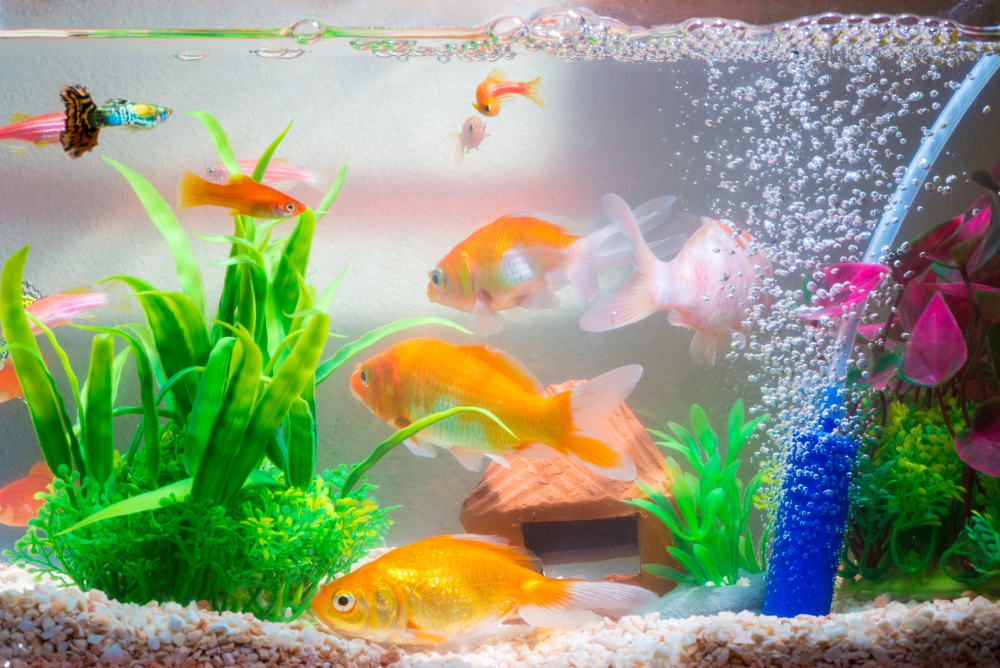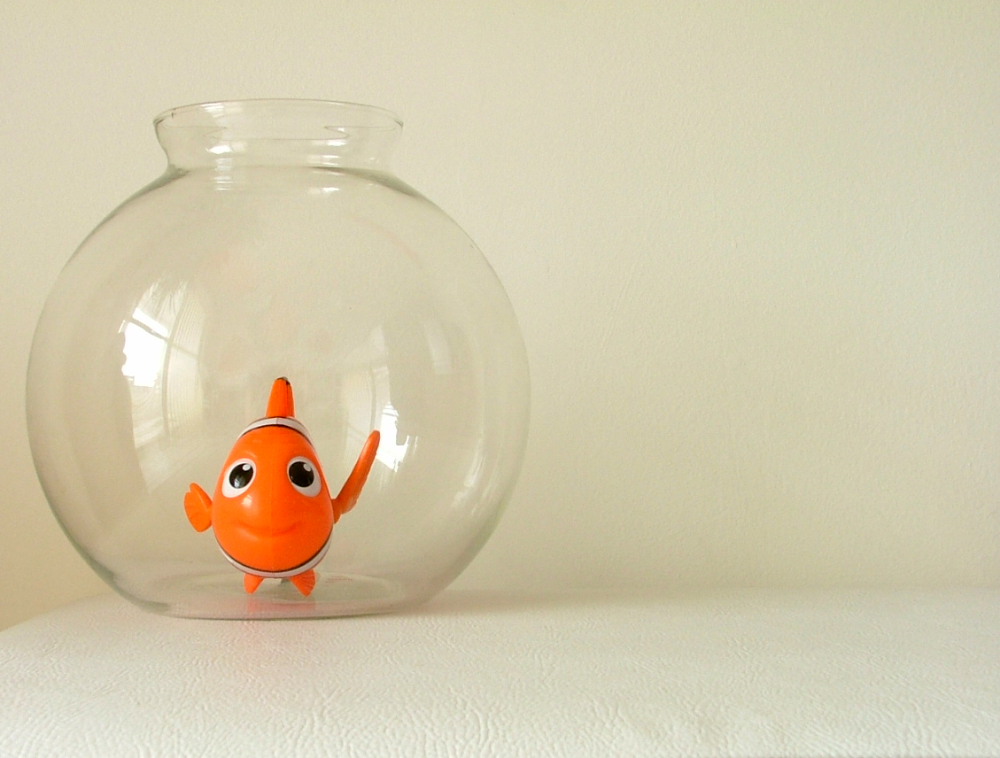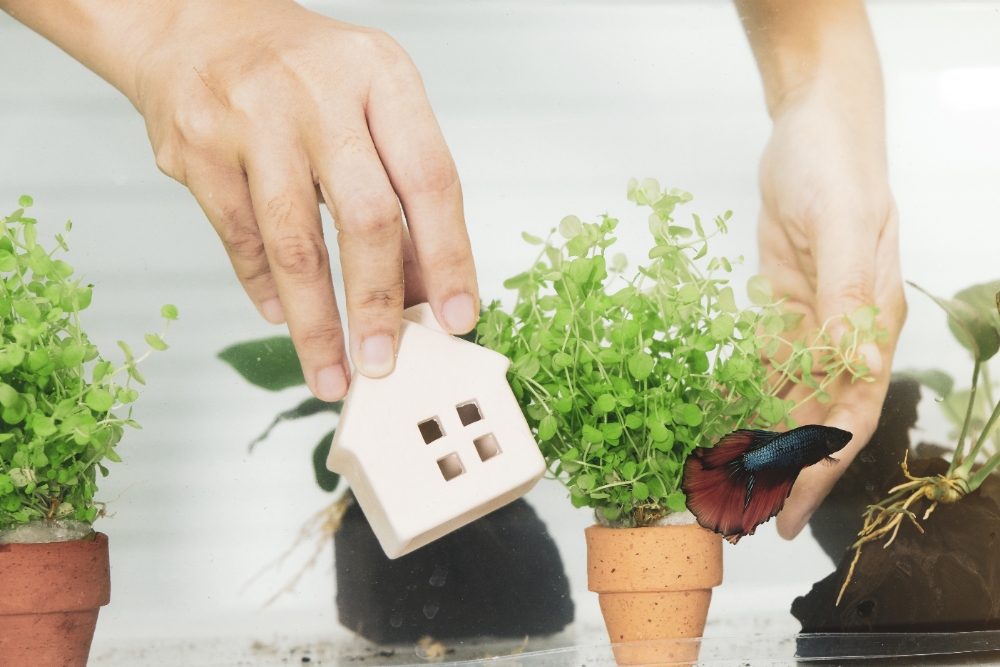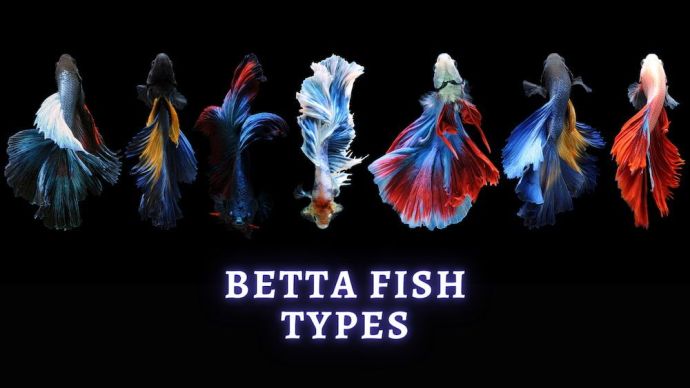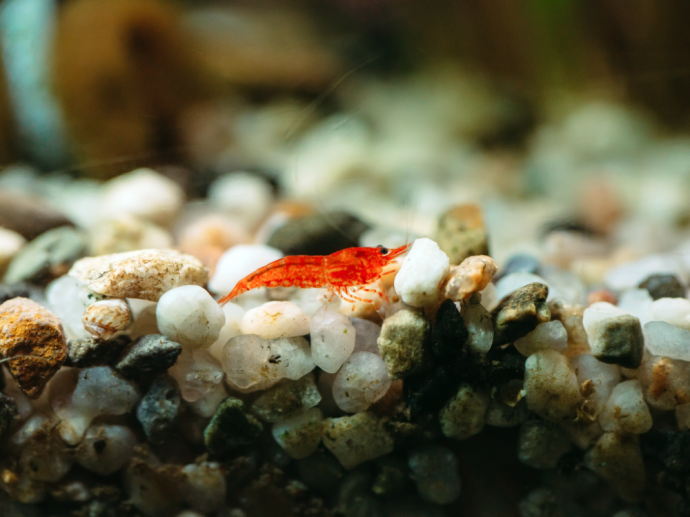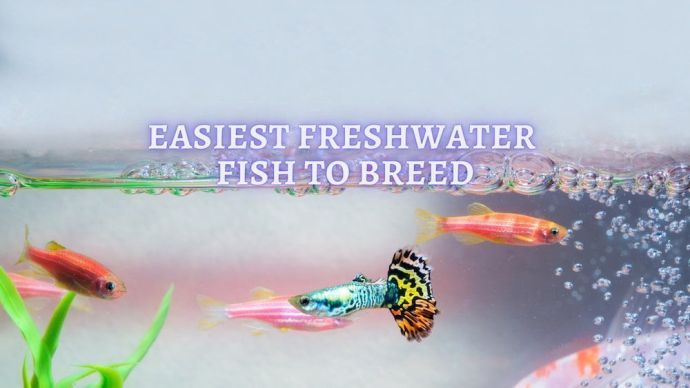How to Set Up a Freshwater Fish Tank?
Written by:
Author: Alina Andreeva
Alina A. is a professional writer, editor, and pet-lover. She has published over 50 articles on how to care for pets properly. Alina has been writing articles for 3 years, so she has considerable experience in this niche. Her natural curiosity helps her to expand her knowledge and learn new pet care life hacks, which will make your life much easier.
View all 79 articlesLearn about our editorial process and veterinary review board.
Viewed: 546
Updated on: 06/09/2021
An aquarium can become one of the main decorations of any room. Graceful or austere tanks, bright combinations of fish, plants, and decor details are what we love about aquariums. But getting a glass tank and choosing the right equipment and plants is not enough. You must set up the underwater world properly.
The quality of tap water largely determines the cost of tank maintenance, its composition, and the list of suitable fish species. The solution is simple: purchase additional purification and filtration systems or purified water every time you change the water in the aquarium.
READ MORE: Best Fish Tanks Review
What Filtration System to Choose
Decide on the filtration system that you want to use in the aquarium. The most common and straightforward is either a bottom filter or an electric filter, which is attached to the back of the aquarium. The latter is recommended for those starting the first tank.
If you have chosen a bottom filter, make sure that the air pump or powerhead has sufficient power for the size of the tank. If you do not regularly vacuum the pebbles, the filter will eventually clog and turn the aquarium into a death zone. Remember that you cannot use a bottom filter if you plan to cover the bottom with sand or some other small particle substrate.
If you decide to buy an electric filter, choose one that can circulate a sufficient amount of water according to the size of the tank. It should move 5.3 gallons of water per hour for every gallon of the aquarium’s capacity.
READ MORE: Dwarf Gourami Tank Mates
How to Add Water and Heat Up an Aquarium
First, check the aquarium for leaks. Fill the tank with about two inches of water and wait for about half an hour. If there are any leaks, it is better to find it out right away and not when the whole aquarium is filled with water. If there are no leaks after half an hour, fill the tank by about one-third of the way and wait another half.
Conduct your leak experiments in a place that won’t be ruined by a leak. Buy a sealant in advance so that you can immediately repair the tank if there are leaks. Fill the aquarium the two-thirds of the way. When you’ve arranged all the decorations in your aquarium correctly, fill the aquarium to the top, leaving about one inch from the edge.
Next, fill the filter tank with water and plug it in. Water should begin to circulate evenly and quietly after a couple of minutes. Turn on the powerhead or pump if you have a bottom filter. Rain should move vertically through the tubes.
Wait an hour or two, and then check the temperature for acceptable limits and the tank for leaks, making sure that the water is circulating normally.
Install a heater inside the aquarium with suction cups. Turn on the radiator and install a thermometer. Do not turn the heater on until you fill the aquarium with water.
READ MORE: Best Aquarium Canister Filter
Immersible heaters are the easiest. Look for one with an adjustable thermostat. Different fish prefer different temperatures. Most fish like a temperature between 70°F and 80°F. It is best to keep the temperature at 82–90°F in an tank with different species of fish.
READ MORE: TOP Rated Aquarium Heaters
Some lamps emit so much heat that the water temperature changes dramatically. When you turn off these lamps, the temperature will change dramatically again. This fluctuation is terrible for fish. If this happens, buy lamps that do not emit so much heat.
Add a dechlorinating agent. Tap water contains chlorine and other chemicals that kill fish, so you’ll need to add neutralizers to the aquarium water unless distill the water first. Add a dechlorinating agent according to the instructions on the bottle. You’ll also need to add a bacterial catalyst that accelerates the growth of useful bacteria.
Cycle your new tank without fish. It is the most humane way to grow the useful bacteria needed for an aquarium. Do it before you add fish to your aquarium, or they will die. During this time, observe the water parameters: hydrogen, high alkaline, ammonia, and nitrate. When the numbers for ammonia and nitrate fall to zero, you have finished the initial nitrogen cycle, and you can add fish to the aquarium.
Run water tests, especially in a new aquarium. Every day, replace 15% of the water to keep your aquarium clean.
READ MORE: Сherry Shrimp Tank
Aquarium Decoration Elements
There is a considerable number of design elements for a home or office aquarium. Each of them has not only decorative purposes but also performs unique functions.
Bottom
The ground performs a decorative role and a functional one: it is a substrate for plants. This element works as a mechanical filter, absorbing particles that pollute water on its surface.
There are three types of ground materials:
- Natural pebbles, crushed stone, gravel, and sand
- Chemical or mechanical processing of natural materials
- Artificial ground
The optimal size of ground granules is 0.1 inches, but it depends on the purpose of the decoration, the flora, and the species of fish.
Stones
All stones for aquariums are divided into mountain metamorphic, volcanic, and sedimentary rocks. Mountain metamorphic are formed in the process of geological metamorphism (change) of the latter two types.
- Slate is most often dark gray and has a layered structure. A clean slate is the perfect neutral rock for aquariums, but keep in mind that fish can get injured on sharp edges.
- Gneiss is a hard, often striped, and fine-grain stone. It is great for almost any aquarium.
- Quartzite is a beautiful and robust granular rock in which large grains are densely “stuck together” with smaller grains of sand. It can be white, gray, or reddish. It perfectly combines with underwater green plants.
- Marble is a medium-density granular stone; therefore, microscopic algae can form a coating on it. It has a gray, white, or pink color. Marble chips are not suitable for aquarium plants. In a marble aquarium, it is better to contain only fish that prefer hard water, such as African cichlids.
Snags
Decorating an aquarium with snags is quite popular. There are several reasons for this: they are an excellent shelter for small fish, and for some species, they provide additional food and a spawning place. The best option is to purchase snags made from the roots and branches of mangrove, swamp oak, beech, willow, alder, ash, and maple. Obstacles are also used to maintain the acidic environment necessary for the comfortable life of fish and plants.
Shells, Plants, and Coral
You must adequately decorate your tank with plants, coral, and various shells, demonstrating a sense of proportion. Without them, some aquariums will look empty. For specific ecosystems, such decor is simply necessary. Shells and coral contain calcium carbonate that significantly affects the water’s hardness. Cichlids use them as a shelter for spawning or hunting.
Shells and “dead” coral should be thoroughly cleaned, including heat treatment. Before decorating a home tank with coral and plants, you should determine whether it is necessary to use live or artificial ones. The answer depends on what kind of fish will live in your aquarium. In some cases, decorating an aquarium with living plants is impractical — for example, if it is inhabited by numerous herbivores, or the water is too hard.
Figurines
If you want to give your aquarium individuality, you can place various toys and decorative elements in it. Pirate symbolism is prevalent (sunken ships, skulls, treasure chests), as is Greek (statues and dilapidated structures). You can buy such toys in any pet store, but pay attention to the materials they are made from.
Background
A beautiful background can add spice to your aquarium. It can be natural (from an underwater “forest” with numerous and varied plants) or artificial. The latter must be installed before you fill the aquarium with water. The primary condition is that all materials, paints, and glue should be non-toxic and waterproof.
READ MORE: Why can’t Freshwater Fish live in Saltwater
How to Decorate an Aquarium
When decorating an tank, you should combine several requirements. Choose an aquarium that fits the interior of the room and take into account the needs of its future inhabitants. For example, some species of fish cannot coexist with some types of plants or coral; others need a shelter.
READ MORE: The Best Aquarium Decorations
The rules of aquarium design include an important point: try to keep it simple and avoid unnecessary decor elements. The best option is to simulate the natural habitat of your fish. The primary materials that you should use are aquatic plants, stones, sand or pebbles, and snags.
Use artificial plants. They do not want poison water and are similar to real ones. But make sure to buy them only in specialized stores. Be careful when choosing stones, sand, and snags. The sharp edges of rocks are dangerous for fish; sand can contain too much lime, clay, and mineral impurities; and obstacles can be infected with pathogenic microflora.
READ MORE: Glass vs Acrylic Fish Tanks
The Bottom Line
Aquarium fish need constant and attentive care. An incorrect tank, a discrepancy between the size of a tank and the amount of water, and improper temperature conditions lead to diseases or even death. Beginners should carefully study all the subtleties of aquarium art.
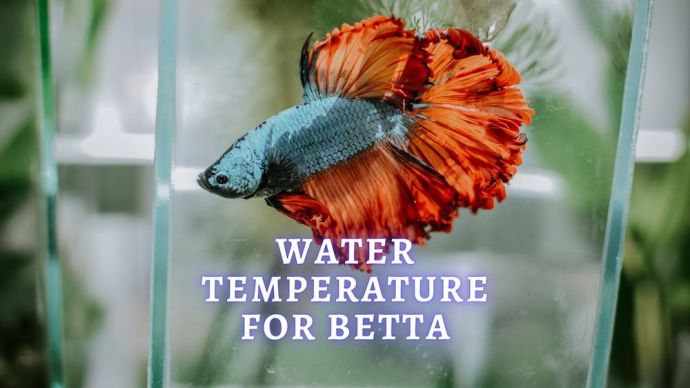 Freshwater Fish Betta Fish Temperatures: Guide To The Perfect Betta Fish Water Temperature
Freshwater Fish Betta Fish Temperatures: Guide To The Perfect Betta Fish Water Temperature - 126
- 0
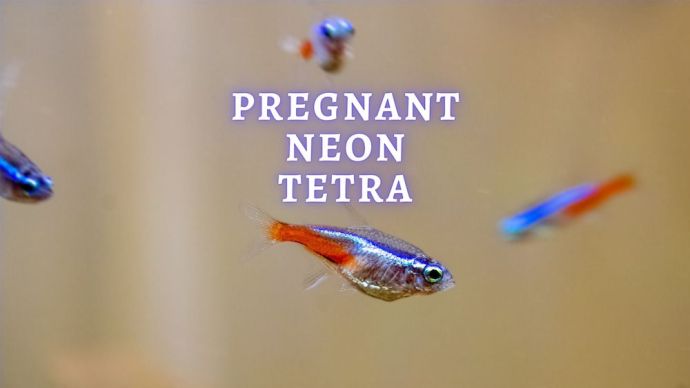 Freshwater Fish Pregnant Neon Tetra: Everything You Need to Know About Neon Tetra Breeding
Freshwater Fish Pregnant Neon Tetra: Everything You Need to Know About Neon Tetra Breeding - 637
- 0









